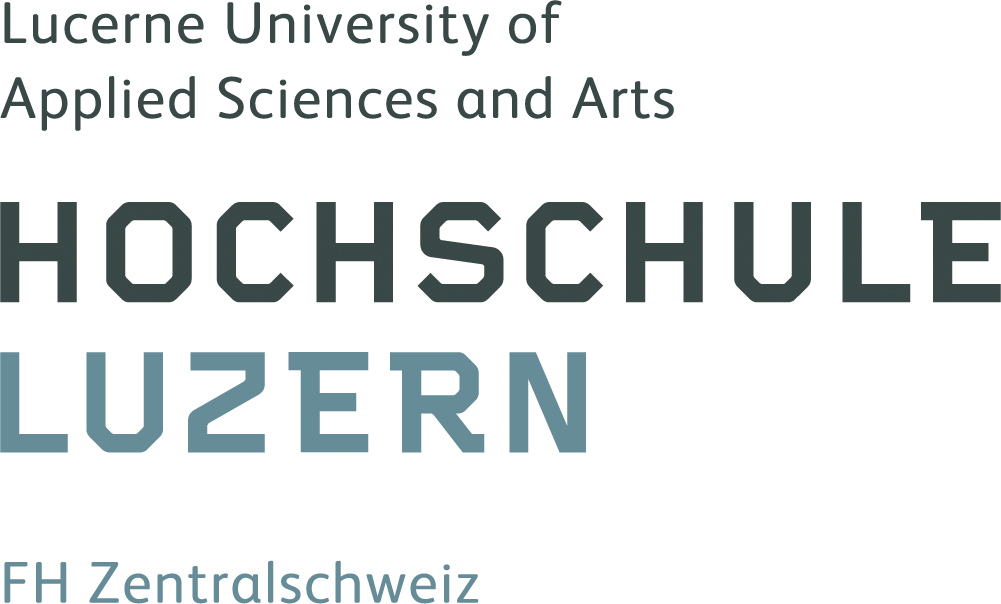Starting point.
The Lucerne University of Applied Sciences (HSLU) operates three data centres in three locations around Lucerne. Since 2012, a block storage system based on IBM hardware and software have served as a storage backend for the virtualised infrastructure. The virtual servers run on two vSphere clusters in one stretch cluster configurations that is split between two main data centres. The underlying storage is mirrored synchronously via the two data centres to ensure high availability and reliability.
Project objectives.
The maintenance and support contract for the existing block storage environment was valid until April 2018. For this reason, HSLU’s IT Services department announced a call to tender for a new block storage solution. The Statement of Works requested an active/active cluster via both main data centres with synchronous mirroring of the data and fully automatic failover. The system needed to have capacity for 200 TB of data and, as an All-Flash solution, enough power to deal with future demands.
From delivery and Proof of Concept to the go live, the block storage project was a smooth process completed in a short period of time.
Tanguy Lemaréchal, ICT Systems Engineer
Process.
The call for tenders attracted four candidates with Bechtle being awarded the contract for a test installation. This first Proof of Concept took a month and the provider was unable to deliver all necessary performance requirements. As a result, the HSLU turned to Bechtle’s offer which was based on the IBM technologies just like the existing system.
The responsible systems engineer, Tanguy Lemaréchal, notes: “We already had a lot of experience and expertise and knew how it worked and how quickly it could be set up.” And so it proved to be. Lemaréchal was practically able to set up and successfully complete the second proof-of-concept himself within a short period of time. “From delivery to having a running system - everything went very quickly.”
Solution.
Since the beginning of 2018, a new block storage solution has been running in HSLU’s data centres. In each of the two main data centres is an IBM Storwize V7000 storage system that handles block storage tasks. Alongside the hardware and the V7000 basic software, HSLU uses other features such as compression and volume mirroring.
Thanks to the SSD drive’s performance, the number of disks in the system have been reduced by a factor of ten which not only saves power, but also space. To start with, each Storwize system was equipped with 36 3.84 TB DRAID5 mode Flash disks totalling a net capacity of 116 GB. According to Tanguy Lemaréchal, with compression this results in a useable capacity of around 190 TB.
The data set migration lasted several weeks as a result of the large volume of data, with the lion’s share made up of system data from the approximately 350 virtual servers. On top of this were the Microsoft SQL and MySQL databases, Exchange mailboxes plus videos, images and archived files. And the data volumes keep on growing: every year, the university calculates an average growth of 20%. In the meantime, the new storage system’s capacity has already been expanded.
Business benefits.
As with the Proof of Concept, Tanguy Lemaréchal was able to set up and configure the new storage environment mostly by himself. “I had been involved with the previous system from the very start, so I was also able to handle the V7000 infrastructure.”
But when something wasn’t immediately clear, the systems engineer could always count on the support of Bechtle and IBM. “We have already worked with Bechtle on a number of projects and have received good information, great support and had a central contact for our many questions.” For example, when setting up and removing the HyperSwap high-availability feature, which was largely supported by Bechtle . "Some questions came up due to our special environment.”
Partner.


